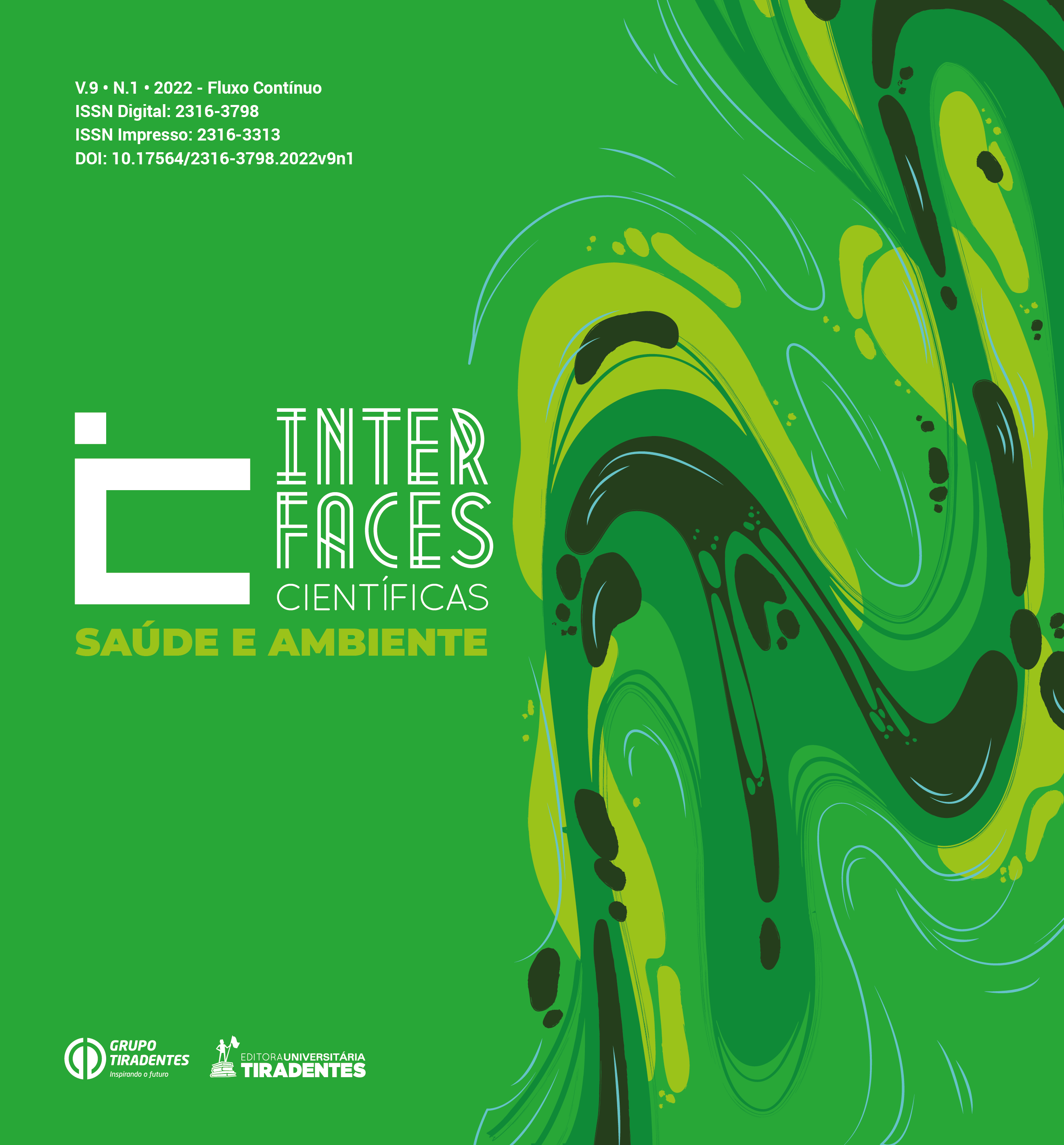Availability and accessibility of non-conventional horticultural crops sold in the city of Rio de Janeiro, Brazil
DOI:
https://doi.org/10.17564/2316-3798.2022v9n1p99-115Published
Downloads
Downloads
Issue
Section
License
Copyright (c) 2022 Interfaces Científicas - Saúde e Ambiente

This work is licensed under a Creative Commons Attribution-NonCommercial 4.0 International License.
Autores que publicam nesta revista concordam com os seguintes termos:
a. Autores mantêm os direitos autorais e concedem à revista o direito de primeira publicação, com o trabalho simultaneamente licenciado sob a Licença Creative Commons Attribution que permite o compartilhamento do trabalho com reconhecimento da autoria e publicação inicial nesta revista.
b. Autores têm permissão e são estimulados a distribuir seu trabalho on-line (ex.: em repositórios institucionais ou na sua página pessoal), já que isso pode gerar aumento o impacto e a citação do trabalho publicado (Veja O Efeito do Acesso Livre).
Abstract
Street fairs can be considered as inducers of healthy and sustainable food environments and can favor diversity in the consumption of fruits and vegetables, including non-conventional ones (HFNC). The objective of the work was to analyze the spatial distribution and access to commercial establishments of organic and/or agroecological foods and the availability of HFNC in these spaces located in the city of Rio de Janeiro. Location and inventory of HFNC species were collected. The spatial distribution was evaluated by the geographic coordinates of the establishments and georeferencing. There was a greater concentration of these commercial spaces in the regions of the city with higher income. 105 species of HFNC were mapped, with herbaceous vegetables and fruits being the most frequent.




















